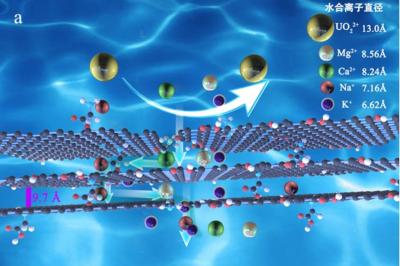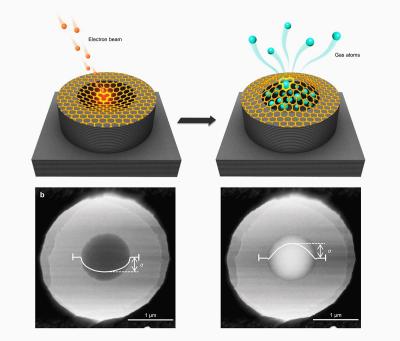by all graphene | Jun 3, 2022 | 2D materials, Aerospace, AGM, Angstron Materials, Audio, Development, Graphene applications, Investment, Membranes, Products, Research
Researchers from University College London have demonstrated a graphene nanomesh membrane that possesses high hydrophilicity, super-oleophobicity and low oil adhesion underwater.The researchers in this work have put a nature-inspired spin on the fabrication of...
by all graphene | May 29, 2022 | 2D materials, Aerospace, AGM, Angstron Materials, Audio, Development, Graphene investing and financials, Graphene water treatment, Investment, Membranes, Products, Research, University of Manchester
Watercycle Technologies, a spin-out company from The University of Manchester, has secured initial funding for its technology that uses graphene-based membranes and systems to extract lithium and other minerals from brines and water solutions.Led by Sebastian Leaper,...

by all graphene | May 26, 2022 | 2D materials, Aerospace, AGM, Angstron Materials, Audio, Development, Graphene applications, Graphene Oxide, Investment, Membranes, Products, Research
Researchers at the Institute of Modern Physics (IMP) of the Chinese Academy of Sciences (CAS), in collaboration with teams from China’s Lanzhou University and Hebei University, have developed a graphene oxide-based method of pre-enriching uranium in seawater by...
by MBF Admin | Apr 24, 2022 | 2D materials, Aerospace, AGM, Angstron Materials, Audio, Development, Graphene applications, Investment, Medicine, Membranes, Products, Research, Technical / Research
A team of researchers from TU Delft, led by dr. Farbod Alijani, recently managed to capture the low-level noise of a single bacterium using graphene. Being able to pick up on the miniscule sounds of bacteria can help track if an antibiotics is working, or if the...
by MBF Admin | Mar 14, 2022 | 2D materials, Aerospace, AGM, Angstron Materials, Audio, Development, Graphene applications, Graphene water treatment, Investment, Membranes, Products, Research
NematiQ, an Australia-based developer of graphene oxide (GO) membranes for water treatment applications, has reported commercial-scale manufacture of an innovative graphene membrane.Over the last five years, NematiQ has developed a patented, layer-by-layer methodology...

by MBF Admin | Dec 9, 2021 | 2D materials, Aerospace, AGM, Angstron Materials, Audio, Development, Graphene applications, Investment, Membranes, Products, Research, Technical / Research, University of Manchester
A team of researchers, led by Professor Sir Andre Geim at The University of Manchester, in collaboration with scientists from Belgium and China, used low-energy electrons to make individual atomic-scale holes in suspended graphene. The holes came in sizes down to...


